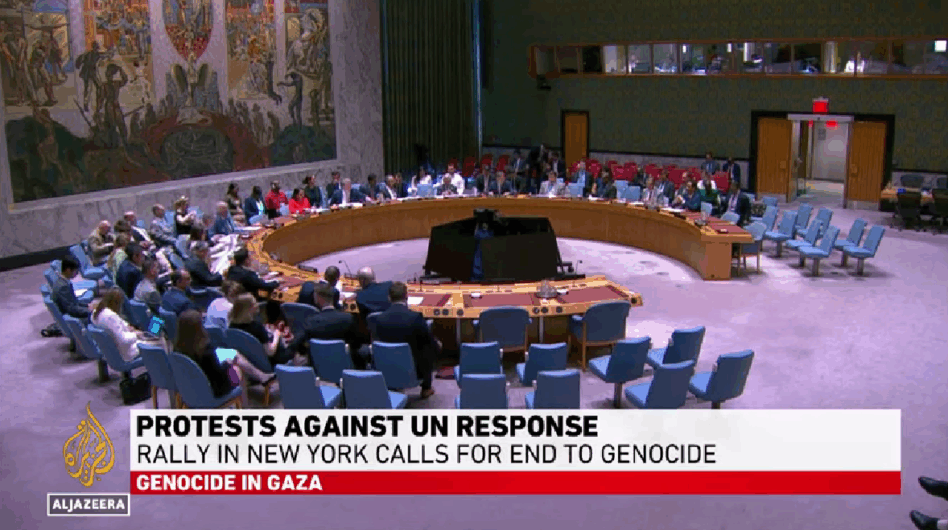GLOBALLY, headline consumer inflation has increased in advanced and emerging market economies since 2021. The annual rate of inflation in the US hit 7.5% in January this year, the highest in more than three decades.
Euro zone inflation hit a new record high of 5.1% in December. Other inflation metrics also have shown significant increases in recent months, though not to the same extent as the consumer price index (CPI).
The inflation was driven by rapidly rising commodity and energy prices, input shortages and supply bottlenecks (induced cost pass-through onto consumer inflation), and a recovery in demand post the COVID-19 pandemic.
Prolonged supply disruptions, commodity and energy price shocks, elevated input costs and shipping costs, revived demand post the pandemic’s economic reopening, and a de-anchoring of inflation expectations could lead to significantly higher inflation, compelling appropriate monetary and fiscal policies to stem further rise in inflation.
Malaysians who have been to the grocery stores and restaurants, as well as hawker stall, who had started their festive holiday shopping spree may have noticed that prices have spiked.
Malaysia’s headline inflation has been increasing since August 2021 (2.0%) to 3.3% in November and 3.2% in December 2021, largely driven by higher prices of food and non-alcoholic beverages, furniture and furnishing, household appliances, restaurant & hotels, and financial services as well as transportation.
Food, which is one the largest group of consumption expenditure for the Malaysian households, has registered the largest increase in prices (3.4% year-on-year [yoy] in December 2021) in nearly four years.
A broad-based increase across prices of food at home (4.1%) and away from home (2.2%) in December, with all food items saw significant hike in prices such as fresh meat and eggs. The Government will spend RM528.5 mil subsidies on chicken and egg for a four-month period (Feb 5, 2022 to June 4, 2022) to keep prices stable amid increasing cost incurred by the poultry and egg industry.
Nevertheless, the public said that general price levels have increased more than what was reported by the CPI. Some have guesstimated that inflation is at least between 6% and 7%, to as high as 10%.
Understandably, the CPI is a weighted index of a sampling of a variety of goods and services purchased by consumers and, as a result, may experience some serious blind spots.
Hence, understanding why the rate of inflation has risen so quickly could help clarify how long the surge might last and what policymakers should do about it. It appears that the acceleration in the rate of inflation is fundamentally different from other inflationary periods that were more closely tied to the regular business cycle.
Ceiling price
Looking ahead, we expect headline inflation to stay elevated in most parts of this year even if the current increases in prices that were due to supply chain bottlenecks and input costs fade away over time.
While annual inflation will moderate on a yoy comparison due to “technical base” statistical effect, the price levels will not come down due to price stickiness.
In our assessment, inflation risks tilted to the upside with cost and price pressures coming from the 11%-18.4% increase in electricity surcharge for commercial and industrial users, in addition to the persistent cost-driven price pressures on both businesses and consumers.
Inflation expectations are expected to rise higher as the headline news have reported the current and potential hike in prices of consumer durable and non-durable.
Another wild card that could set off another round of price increases and consumer inflation is a gradual removal of fuel subsidy on the retail price of RON95 and kerosene, which is currently capping at RM2.05 per litre and RM2.15 per litre, respectively.
Given the recovery’s uncharted nature amid high levels of reinfection and considerable external headwinds, prompt intermittent measures combined with appropriate monetary and fiscal policies must be implemented to prevent “inflation scares” from unhinging inflation expectations.
Policymakers need to prepare contingency plans for its actions if sustained high inflation rate looks like is becoming embedded, with inflation expectations rising. What has started as cost-pushed inflation could be reinforced by wage demand to compensate for rising cost of living.
The current tightening labour market conditions have bid wages higher for some sectors that are in shortage of workers. The proposed 25% increase in minimum wage rate by RM300 to RM1,500 per month, together with the hike in electricity surcharge for businesses.
The proposed increases in minimum wage and higher electricity bill will add onto increased business operating costs, forcing businesses to pass on increased costs to consumers.
We are in the view that price ceiling controls should be implemented as a temporary stopgap measure to keep prices of essentials stable. A prolonged period of price ceiling controls would backfire and disrupt the demand and supply equilibrium.
Producers and manufacturers will not adjust their supply because the ceiling is blocking prices from the price information transmission. Increasing cost of production has squeezed the producers’ margin and pushed them into losses as the cost price was outstripped by the current ceiling price, which is setting below the equilibrium level.
Given the uncertainties about the duration of higher inflation, wages, and the labour market condition, Bank Negara Malaysia’s monetary policy decision will face a trade-off between supporting economic recovery and stabilising inflation.
Moving too slow could squander the window of opportunity it will have to anchor inflation expectations with interest rates already at historical low levels. The economic cost of not taming sustained high inflation risk could be damaging to the economic recovery.
The return of higher and less stable inflation would cause the ringgit’s exchange rate volatility in an environment of the heightened more rounds of interest rate hikes in the US. – Feb 13, 2022
Lee Heng Guie is the executive director at Socio-Economic Research Centre (SERC) Malaysia.
The views expressed are solely of the author and do not necessarily reflect those of Focus Malaysia.









